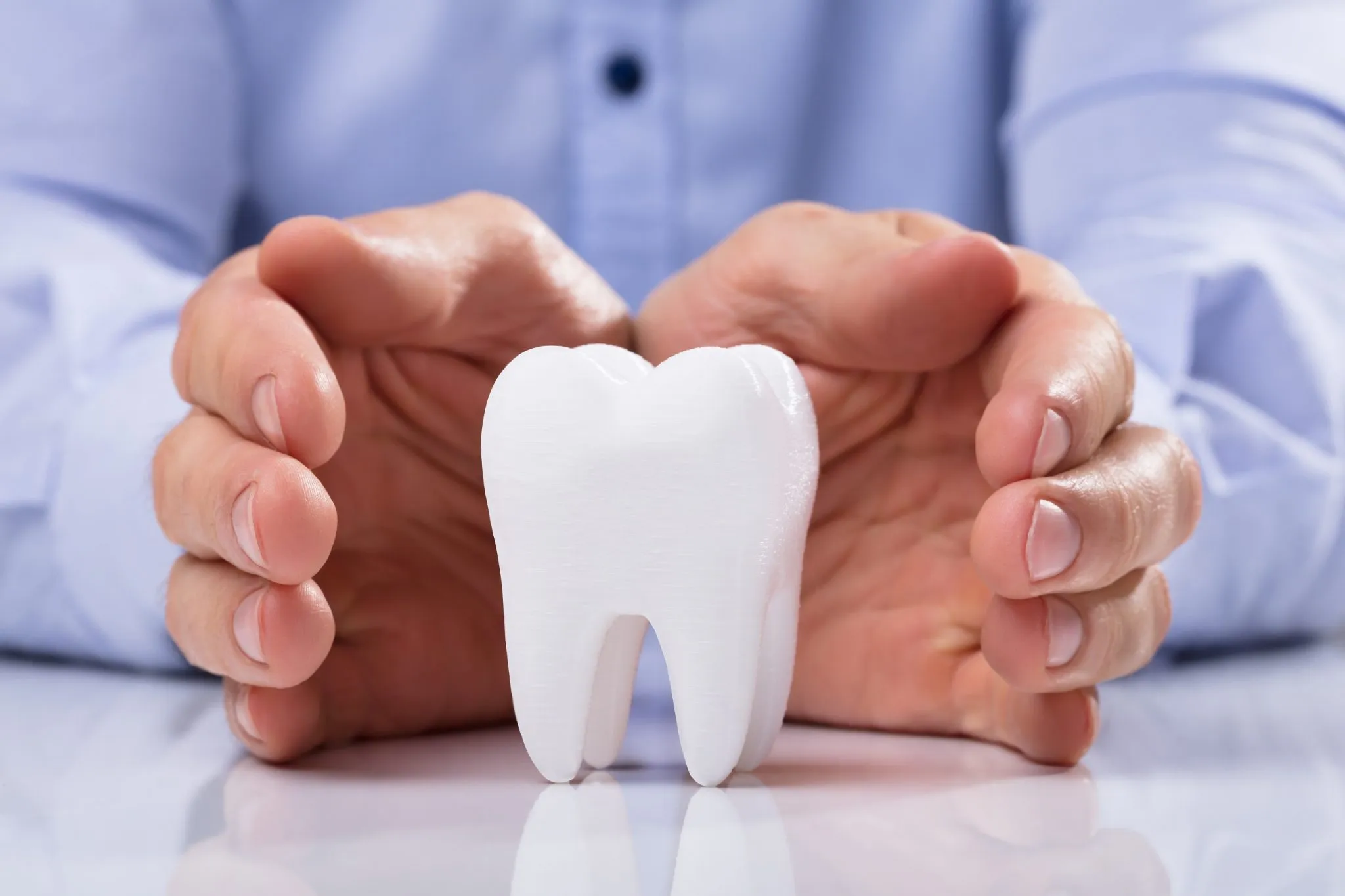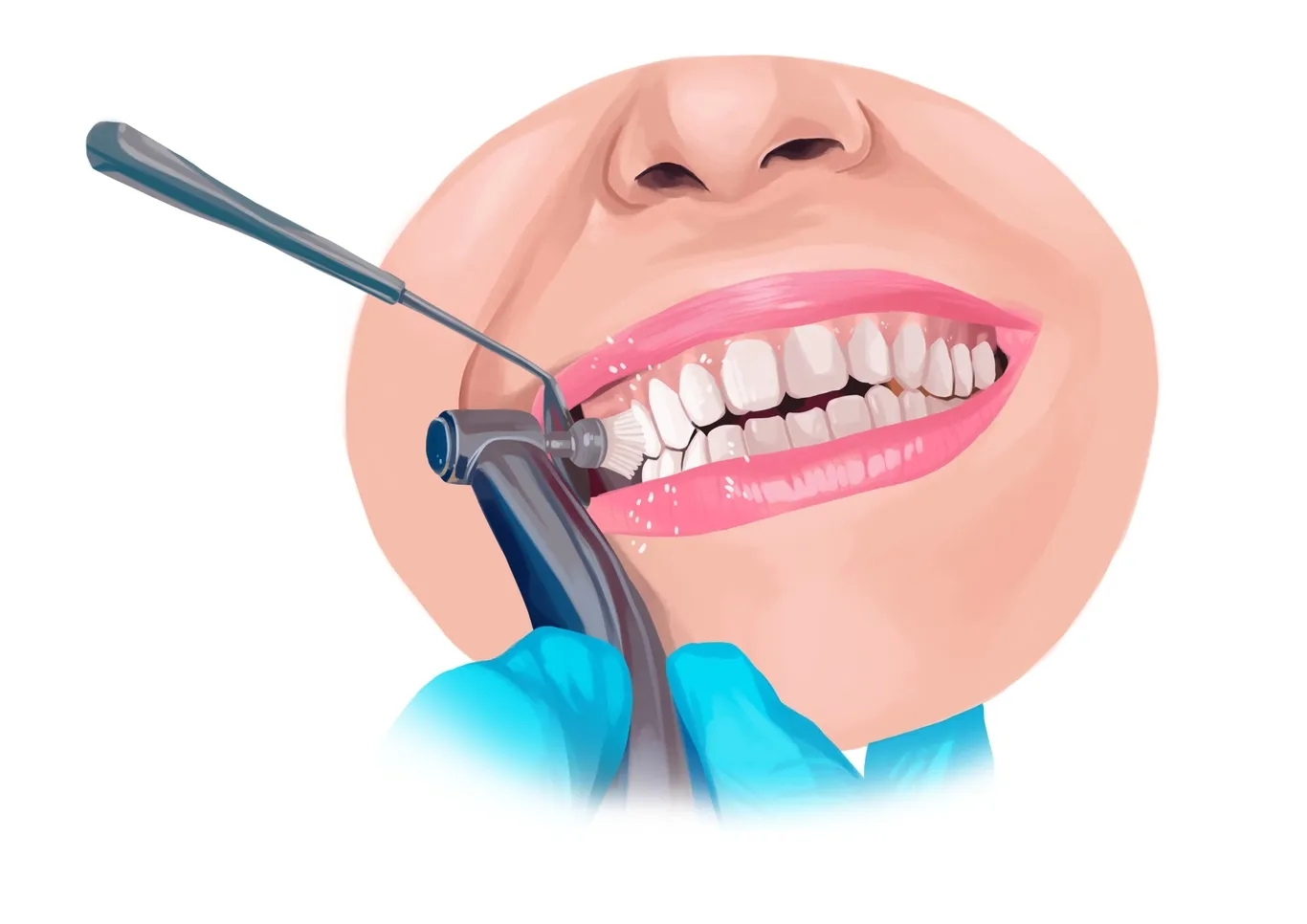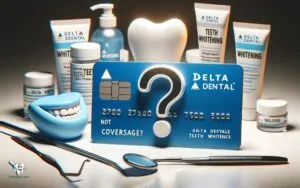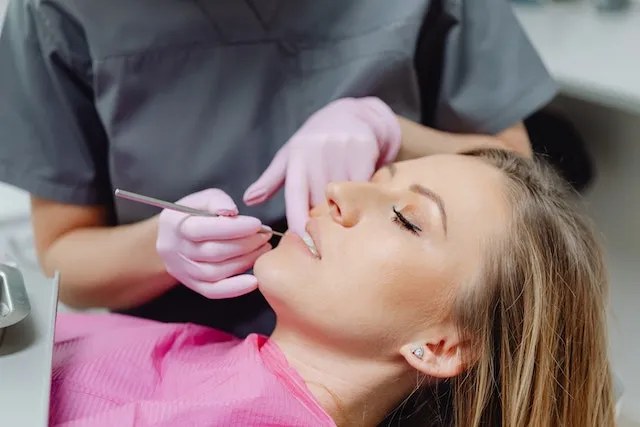Teeth Whitening Coverage Top 5 Facts!
Are you considering teeth whitening and wondering if your dental insurance will help cover the cost? The quest for a brighter, more confident smile often leads to questions about insurance coverage, especially regarding cosmetic procedures. Understanding the nuances of dental insurance, the types of whitening treatments available, and the factors influencing coverage is crucial. This article dives deep into the top 5 facts you need to know about teeth whitening and dental insurance, providing you with the insights to make informed decisions and achieve the smile you’ve always wanted.
What is Teeth Whitening
Teeth whitening, also known as teeth bleaching, is a popular cosmetic dental procedure designed to lighten the shade of your teeth. It involves removing stains and discoloration that can occur due to various factors, including food, drinks, smoking, and aging. The process typically uses bleaching agents, such as hydrogen peroxide or carbamide peroxide, to break down the stains. There are several teeth whitening methods available, ranging from professional treatments performed by a dentist to over-the-counter products you can use at home. The effectiveness of the treatment depends on the type of stains, the whitening method used, and the individual’s oral health.
Types of Teeth Whitening Procedures

There are several types of teeth whitening procedures to consider, each with its own set of advantages and disadvantages. Understanding these options will help you determine which is best for your needs and budget. The two main categories are in-office whitening and at-home whitening kits.
In-Office Whitening
In-office whitening, also known as chairside bleaching, is performed by a dentist in a dental office. This procedure typically involves a stronger bleaching agent and can produce dramatic results in a single session. The dentist will protect your gums and soft tissues before applying the bleaching agent to your teeth. A special light or laser may be used to accelerate the whitening process. In-office whitening is often the fastest way to achieve a significantly brighter smile, but it is also the most expensive option.
At-Home Whitening Kits
At-home whitening kits offer a more convenient and cost-effective alternative to in-office treatments. These kits usually include custom-fitted trays or strips containing a lower concentration of bleaching agent. You wear the trays or apply the strips for a specified amount of time each day, typically for a few weeks. At-home kits can be purchased from your dentist or over-the-counter at drugstores. While they may take longer to produce results than in-office whitening, they can still effectively lighten your teeth over time. Always follow the instructions carefully to avoid potential side effects, such as tooth sensitivity or gum irritation.
Does Dental Insurance Cover Teeth Whitening

Whether dental insurance covers teeth whitening largely depends on the specific plan and the reason for the treatment. In most cases, teeth whitening is considered a cosmetic procedure. Cosmetic procedures are generally not covered by dental insurance plans. However, there are exceptions and situations where coverage might be possible. It’s essential to review your insurance policy carefully and understand what is and isn’t covered. Consulting with your dentist and insurance provider can clarify your coverage options.
Factors Affecting Coverage
Several factors influence whether your dental insurance will cover teeth whitening. The primary factor is whether the treatment is deemed medically necessary. If the discoloration of your teeth is caused by a medical condition or is affecting your oral health, there’s a higher chance of coverage. The type of dental plan you have also plays a significant role. Some plans offer more comprehensive cosmetic coverage than others. Additionally, the specific terms of your policy, such as annual maximums, deductibles, and waiting periods, will impact your ability to get coverage. It’s important to understand these factors before proceeding with any teeth whitening treatment.
Types of Dental Plans and Coverage
The type of dental plan you have significantly influences the likelihood of teeth whitening coverage. Here’s a breakdown of common dental plan types and their typical coverage levels. Indemnity plans usually offer the least coverage for cosmetic procedures. PPO (Preferred Provider Organization) plans often provide better coverage for a wider range of treatments, including some cosmetic procedures. HMO (Health Maintenance Organization) plans may require you to use a dentist within their network and have specific rules regarding coverage. Some premium plans, designed to cover more cosmetic procedures, are available, but they often come with higher premiums.
When Might Insurance Cover Whitening

While teeth whitening is generally considered cosmetic, there are specific circumstances where dental insurance might provide coverage. Understanding these situations can help you navigate your insurance policy and potentially reduce your out-of-pocket expenses. The most common exceptions involve medical necessity or specific dental health issues.
Whitening for Medical Necessity
In rare cases, teeth whitening may be covered if it’s deemed medically necessary. This can happen when discoloration is caused by a medical condition, a reaction to medication, or a traumatic injury to the tooth. If the discoloration affects your oral health or causes other dental problems, your dentist might recommend whitening as part of a broader treatment plan. However, you’ll typically need to provide documentation from your dentist to justify medical necessity and demonstrate that the whitening treatment is essential for your health. This often involves pre-authorization from your insurance provider.
Cosmetic vs. Restorative Treatments
It’s crucial to distinguish between cosmetic and restorative dental treatments. Cosmetic treatments focus on improving the appearance of your teeth, while restorative treatments address dental health problems. For instance, if a tooth is discolored due to decay or damage, your insurance might cover restorative treatments like fillings or crowns to address the underlying issue. Whitening itself, however, is typically considered cosmetic. However, sometimes, whitening can be combined with restorative procedures to achieve the desired aesthetic result, potentially increasing the chances of partial coverage. Discuss the differences between cosmetic and restorative procedures with your dentist.
How to Maximize Insurance Benefits

If you’re hoping to get dental insurance to cover teeth whitening, there are several steps you can take to increase your chances of success. Proactive planning, communication with your dentist, and understanding your policy details will help you make the most of your benefits. Careful preparation will also help you navigate the insurance process and potentially reduce your out-of-pocket expenses. Taking the right steps will enhance your chances of a positive outcome.
Review Your Policy Details
Start by carefully reviewing your dental insurance policy. Look for details on cosmetic procedures, annual maximums, deductibles, and waiting periods. Understand what treatments are covered and what is explicitly excluded. Many policies have specific clauses regarding teeth whitening. Also, check for any pre-authorization requirements, which may be necessary before undergoing the treatment. Knowing the specifics of your policy will provide a clear understanding of your coverage and help you anticipate potential out-of-pocket costs. Take note of any limitations or exclusions related to cosmetic procedures.
Consult with Your Dentist
Consulting with your dentist is a crucial step. Discuss your teeth whitening goals and any concerns about insurance coverage. Your dentist can evaluate your oral health, recommend appropriate whitening options, and determine if any underlying dental issues might be contributing to the discoloration. They can also advise you on whether the whitening procedure can be justified for medical necessity. Your dentist can provide the necessary documentation to support your claim. A detailed consultation with your dentist will help you understand the best course of action.
Alternatives to Insurance Coverage

If your dental insurance doesn’t cover teeth whitening, you still have options to achieve a brighter smile. Several alternatives can help you manage the cost of teeth whitening and improve your smile without breaking the bank. From exploring payment plans to using over-the-counter products, several alternatives are available.
Payment Plans and Financing Options
Many dental practices offer payment plans or financing options to make teeth whitening more affordable. These plans allow you to spread the cost of the procedure over several months or years. You can explore financing options through your dentist or third-party lenders specializing in healthcare financing. Consider the interest rates and terms of the financing before committing to a plan. Payment plans make it easier to fit teeth whitening into your budget. They allow you to start your treatment without paying the entire cost upfront.
Over-the-Counter Whitening Products
Over-the-counter (OTC) whitening products, such as whitening strips, toothpastes, and gels, are a more budget-friendly option. These products are readily available at drugstores and supermarkets. They are easy to use and can lighten your teeth gradually. While OTC products might not produce the same dramatic results as in-office treatments, they can be a cost-effective way to improve the brightness of your smile. However, always read the product instructions and consult with your dentist before using any OTC whitening product. This ensures that the product is suitable for your oral health condition and prevents potential side effects.
In conclusion, while dental insurance coverage for teeth whitening is often limited, understanding your policy, exploring different treatment options, and considering alternative payment methods can help you achieve your desired results. Knowing the facts about insurance coverage, types of whitening procedures, and how to maximize benefits will empower you to make informed decisions. Achieving a brighter smile is possible, even without full insurance coverage. Consult with your dentist and insurance provider to determine the best approach for your needs and budget, and take the first step toward a more confident you. Remember to prioritize your oral health and seek professional advice before any dental procedure.
